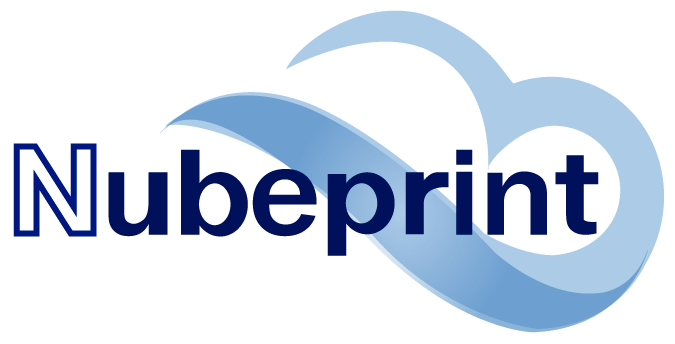Nubeprint Opens Up Its Technology Platform
Nubeprint has announced that for 2020 it plans to open up its technology platform to facilitate better integration and cross-platform interoperability with other systems.

“Over the last two years we have had several requests to access our technology, and with the latest version of our platform and mobile app data collector we can now facilitate access that will provide better integration and cross-platform interoperability for other systems”, says the president of Nubeprint, Antonio Sanchez.
One of the most significant efforts that a technology company must face in MPS (Managed Print Services) is keeping track of the new printer and copier models that come to market. Every time this occurs, the software must be fine-tuned to communicate reliably and to monitor the supplies it requires for printing accurately. For this reason, most MPS software solutions in the market take two months or longer to introduce a new model to their database. This issue not only impacts the service companies that need to monitor these new printers in their customers but also has a high cost to the MPS software company.
The Nubeprint IOS and Android mobile app introduced a year ago is a game changer in terms of improving data collection from the smallest customers.
Nubeprint’s state of the art technology combined with their new printer modelling ensures that when a new printer enters the market, it can be managed effectively within a few days of its arrival. “Indeed, our time to have a model available for our customers vary from 24hours to a maximum seven days, which is our compromise”, says the president of Nubeprint, Antonio Sanchez.
In an age where everybody is asked to work most efficiently, Nubeprint is opening its DCA technology to other software solutions and MPS providers. Companies with MPS software can now benefit from using CPM: the only DCA that can monitor printing devices from 56 different manufacturers, including laser printers, inkjet, large format, ribbon, label and even garment printers. Antonio Sanchez states, “We want the end-customer to be able to choose the best service from many different dealers and avoid the need to install a new DCA every time they change or sign a new contract. Indeed, most customers have a multi-branded inventory of printers. If they want them under an MPS contract, they must sign multiple agreements with each manufacturer and have multiple DCAs installed in their network, creating a risk for the security of the network that most IT managers are reluctant to take.”
The benefit to an MPS service provider of using CPM is that they can distribute the MPS programs from the different manufacturers of printers, and only one single DCA needs to be installed. Once the CPM is installed, one can manage and include ANY device in a cost per page or auto-replenishment contract that the customer may have or may add in the future. Software developers do also benefit. They can then eliminate the workload of testing new printers for their monitoring tool; instantly, the software provider will be able to monitor printers from 56 different manufacturers. This solution should be of particular interest to the many software solutions that can enrich their functionality by monitoring the printers. Even the MPS software developers can now focus on other aspects that are more valued by their customers, such as the user interface, instead of investing time and cost required to analyze new printer models.
Related Reading:




Leave a Comment
Want to join the discussion?Feel free to contribute!